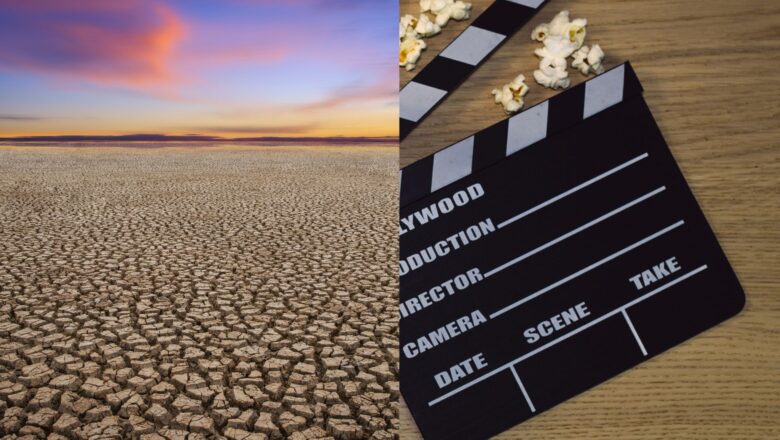
From Panic to Preparedness: How Early Warnings Are Changing Lives in Flood-Prone Philippines
Sitting quietly on her sofa eyes on the TV and phone in hand, Ma. Lourdes D. Ramas stays calm as a yellow warning alert flashes on her screen. Just a few meters from a river basin in Surigao del Sur, her home is vulnerable but unlike before, fear no longer grips her at every thunderclap. She doesn't need to step outside to check the water level. Technology and a community-first approach to disaster preparedness is making all the difference.
“Don’t worry, Ma,” she tells her elderly mother. “It’s only a yellow warning. Nothing serious. You can sleep now.”
In a country that faces about 20 typhoons a year, scenes like these are familiar. The Philippines tops the 2023 World Risk Index as the most climate-vulnerable nation among 193 countries. Typhoons bring floods, landslides, and storm s...









